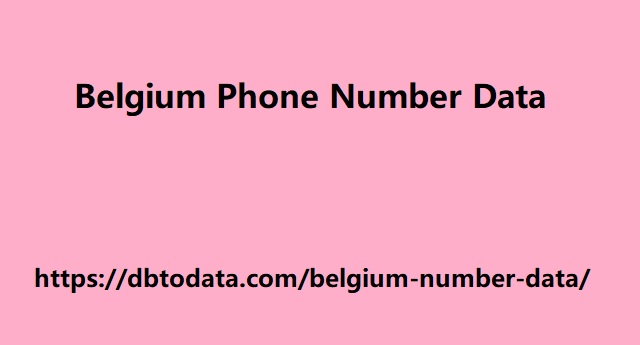|
|
And their movements are not linear. The Nielsen Norman Group calls this phenomenon the "pinball pattern." In a pinball pattern, the user's gaze moves between each element of the search results screen. "Search results screens vary depending on the query, forcing users to read the search results screen closely and understand the structure of the page before choosing to click," the report said. Rich answers , carousels, and many other elements are displayed in every query. This assortment of information has a huge impact on changing the user's gaze on the search results screen. The study found that "the layout of the search results screen determines which links receive visibility and clicks." "The location where visually compelling elements appear may influence the visibility of organic search results that appear near them," the authors said. The image above shows the eye movements of survey participants when searching for "best refrigerator to buy." These participants pay attention to elements such as shopping cards, ads, featured snippets, and other questions like this before looking at organic search results.
What search results are being viewed and clicked on? The biggest change in search behavior between 2006 and today is the number of clicks on the first search result. In 2019, the first result (here, the first item that appears below the search box, so it could be an ad) received 28% of clicks. . However, in 2006, the first Belgium Phone Number Data result displayed received 51% of the clicks. The study also takes into account the increase in zero-click searches, but it's entirely possible that ad exposure and clicks are pushing down pages compared to the past. That means ads and features like Instant Answers are more likely to appear at the top of search results than they were in 2006. With this in mind, please read the data below.

Distribution of number of impressions and number of clicks by position on search results screen According to the study, results appearing in the top three positions received more than half of the clicks (59%). Results appearing in third place and below received a slightly higher percentage of clicks compared to 2006. Users have also been observed to continue browsing through search results before waiting for the result they clicked to load. If the first page they selected didn't answer their question, some users returned to the search results screen and selected another page they had reviewed before making their initial selection. Values below the first view are diverse. For navigational and fact-checking searches, only 5% of search results are selected below first view (the results that appear when users scroll to see more results) .
|
|